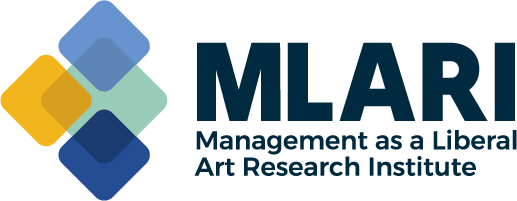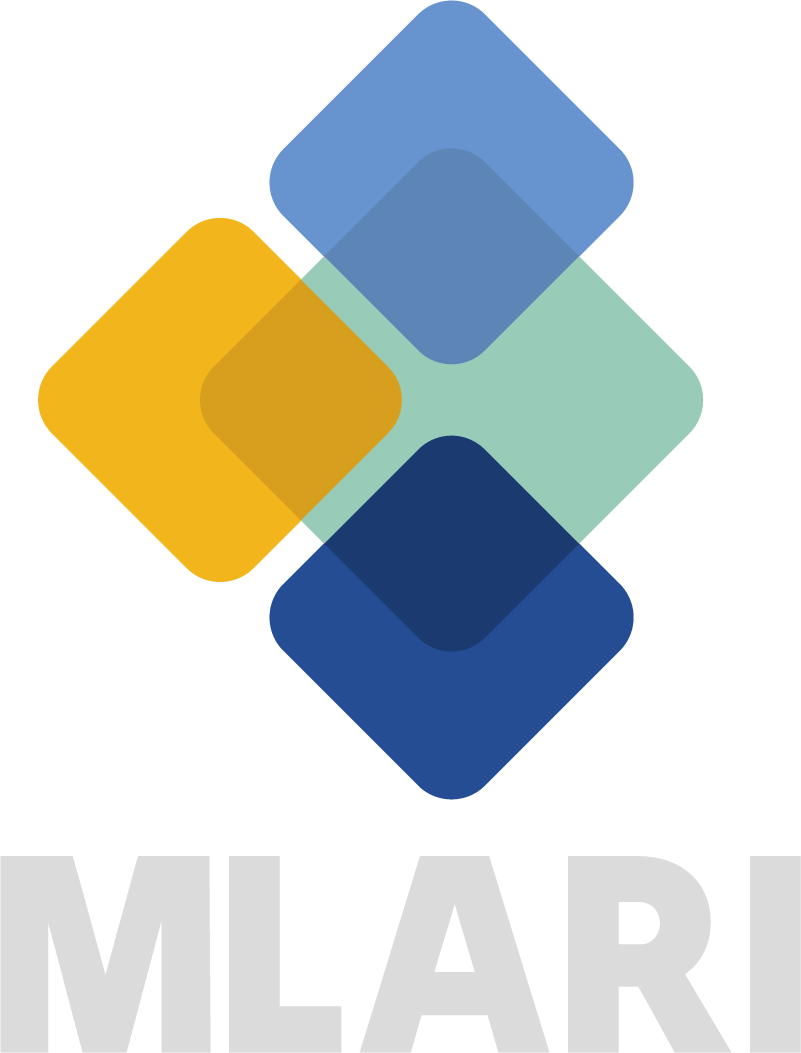Marc Benioff: Reimagining Capitalism through Management as a Liberal Art
PUBLISHED:
When Marc Benioff founded Salesforce in 1999, Silicon Valley had a pretty straightforward playbook which was technological disruption at any cost. Profit, scale, and market capture dominated corporate ambition. Benioff, who worked under Steve Jobs at Apple and explored Buddhist philosophy, was not satisfied with that approach. He envisioned a company that would not only revolutionize enterprise software through the cloud but also redefine the social purpose of business itself. His leadership at Salesforce reflects Peter Drucker's concept of Management as a Liberal Art (MLA). This idea holds that management is not just about efficiency or growth, but about making work human, creating meaning, and building institutions that serve society (Drucker, 1989).
Philanthropy as Structure
From Salesforce’s inception, Benioff took an unusual approach. He instituted the “1-1-1 model”, pledging one percent of company equity, product, and employee time to philanthropy. This simple yet radical idea embedded social responsibility into the company’s DNA, ensuring that business success translated into community benefit (Salesforce, 2021).
Peter Drucker made a similar point in The Concept of the Corporation (1946). He argued that companies cannot operate as "islands of profit" detached from their communities. Benioff's model, now replicated worldwide through the Pledge 1% movement, demonstrates that corporate citizenship can be institutionalized, not just idealized.
By formalizing philanthropy as part of corporate structure rather than discretionary charity, Salesforce gave proof to Drucker’s claim that companies can serve as stabilizing social institutions.
Human-Centered Leadership
Drucker emphasized that management is a humanistic discipline requiring both knowledge and self-awareness. Benioff has consistently modeled this through self-reflection and moral grounding. As a long-time advocate of mindfulness and meditation, he integrates spiritual awareness with corporate purpose. In Trailblazer (2019), Benioff reflects on how introspection informs strategic clarity and ethical leadership.
Compassion is a core managerial value for Benioff. This aligns with Drucker’s insistence that good leaders must "engage the whole human being," acknowledging both rational capability and emotional complexity. In cultivating mindfulness as an organizational practice, Benioff turns what Drucker called “self-knowledge” into a shared institutional expectation, not a private exercise.
Stakeholder Capitalism in Practice
Perhaps Benioff’s most significant Druckerian contribution is his public challenge to shareholder primacy. As a high-profile advocate of stakeholder capitalism, he has urged fellow executives to view not just investors, but also customers, employees, communities, and the planet as legitimate stakeholders in corporate decision-making. Drucker anticipated this shift in 1999 when he argued that institutions must balance individual rights with broader social responsibilities, and that leadership must be anchored in moral purpose rather than short-term gain.
Benioff operationalized this at Salesforce by making equality, climate action, and community impact strategic priorities alongside financial metrics. Salesforce has built environmental and social-impact objectives into its leadership accountability and public reporting, positioning those outcomes as core measures of performance rather than PR exercises. In Drucker's terms, this marks a shift from a purely economic mandate to an explicitly ethical one.
Building a Meaningful Culture
At Salesforce, Benioff’s internal culture emphasizes equality, diversity, and trust. His mantra of “Ohana” a Hawaiian term for family defines the company’s social ethos. Through listening sessions, employee councils, and direct engagement with staff, Benioff attempts to cultivate what Drucker would call a functioning institution: a place where individuals are offered both status and function, and where they derive meaning through active contribution.
One concrete expression of this philosophy is Salesforce’s repeated company-wide pay equity audits. The company has publicly acknowledged compensation gaps across gender and race and then allocated millions of dollars to close them. This reflects Drucker’s view that organizations must respect human dignity and align personal fulfillment with collective mission. Benioff’s conviction that fairness can be measured and corrected turns theory into everyday management practice.
Balancing Technology and Humanity
In Post-Capitalist Society (1993), Drucker identified the rise of the knowledge worker as a defining feature of modern institutions. Salesforce, as a platform for digital collaboration across sales, service, marketing, analytics, and commerce, is organized around those workers. But Benioff’s management philosophy resists the idea that productivity can be reduced to code and dashboards. He argues that innovation begins in empathy and trust, not automation, which echoes Drucker’s warning that management cannot dissolve into technique.
At the same time, Salesforce has embraced artificial intelligence through Einstein GPT and autonomous AI agents to automate routine tasks. While this automation has replaced certain roles, Benioff has publicly insisted that human connection remains irreplaceable in high-value work such as enterprise sales, and Salesforce is simultaneously hiring thousands of additional salespeople.
By automating repetitive tasks while elevating distinctly human work, Benioff is enacting Drucker’s belief that technology must remain subordinate to judgment, responsibility, and moral purpose (Drucker, 1990). His leadership has also demonstrated Drucker’s axiom that effective management requires balancing continuity with change.
Continuity and Change
Over two decades, Salesforce has evolved from a single product - customer relationship management delivered via the cloud - to a global platform ecosystem spanning analytics, integration, AI, collaboration, and industry-specific solutions. Yet it’s core values; trust, customer success, innovation, and equality have remained remarkably consistent.
The COVID-19 pandemic highlighted this balance. Salesforce mobilized its logistics network and relationships to support public health responses, sourced and donated medical equipment, and repurposed internal systems to help governments and hospitals. Simultaneously, it accelerated digital transformation for its customers, positioning the company as both economic actor and civic partner. This is management serving society not just stakeholders.
Moral Stewardship and Systems Thinking
A key aspect of Drucker’s MLA is its interdisciplinary nature. He describes management as a liberal art because it must draw on ethics, psychology, economics, history, and even theology to exercise wise judgment (Drucker, 1989).
Benioff exemplifies this approach. He openly blends spiritual language, social justice arguments, civic activism, and technology strategy. He links corporate tax policy to homelessness and public health, climate action to fiduciary duty, and workforce equity to innovation capacity.
This is not accidental rhetoric. It is an attempt to widen the frame of what “business leadership” is allowed to talk about. And in doing so, Benioff turns the CEO role into something closer to what Drucker called moral stewardship: the active use of organizational power to strengthen society’s fabric.
A Model for the 21st Century
Drucker argued that a functioning society depends on institutions that foster responsible citizenship, provide meaningful work, and accept obligations beyond profit. Salesforce’s global initiatives illustrate this principle. Its Climate Action Plan, net-zero commitments, LGBTQ+ advocacy, and Pledge 1% expansion reinforce that corporations can be both market leaders and social institutions. Benioff sees business as a primary vehicle for delivering resources, talent, and problem-solving at scale to communities.
Marc Benioff’s work at Salesforce is one of the clearest contemporary examples of Management as a Liberal Art. Through empathy, ethical reflection, institutional responsibility, and systemic awareness, Benioff has redefined 21st century management. Like Drucker, he views organizations as moral communities’ arenas for both performance and purpose. In an era of automation, widening inequality, and environmental crisis, Benioff believes that capitalism can be rehabilitated, but only if leaders understand management not as control, but as stewardship.
The liberal art of management is not an outdated ideal; it is a living practice and essential for the legitimacy of business itself.
References
Benioff, M. (2019). Trailblazer: The power of business as the greatest platform for change. Currency.
Drucker, P. F. (1946). The concept of the corporation. New York: The John Day Company.
Drucker, P. F. (1989). The new realities: In government and politics, in economics and business, in society and world view. New York: Harper & Row.
Drucker, P. F. (1990). Managing the non-profit organization. New York: HarperBusiness.
Drucker, P. F. (1993). Post-capitalist society. New York: HarperBusiness.
Drucker, P. F. (1999). Management challenges for the 21st century. New York: HarperBusiness.
Salesforce. (2021). Philanthropy and the 1-1-1 model. https://www.salesforce.com/company/philanthropy/





